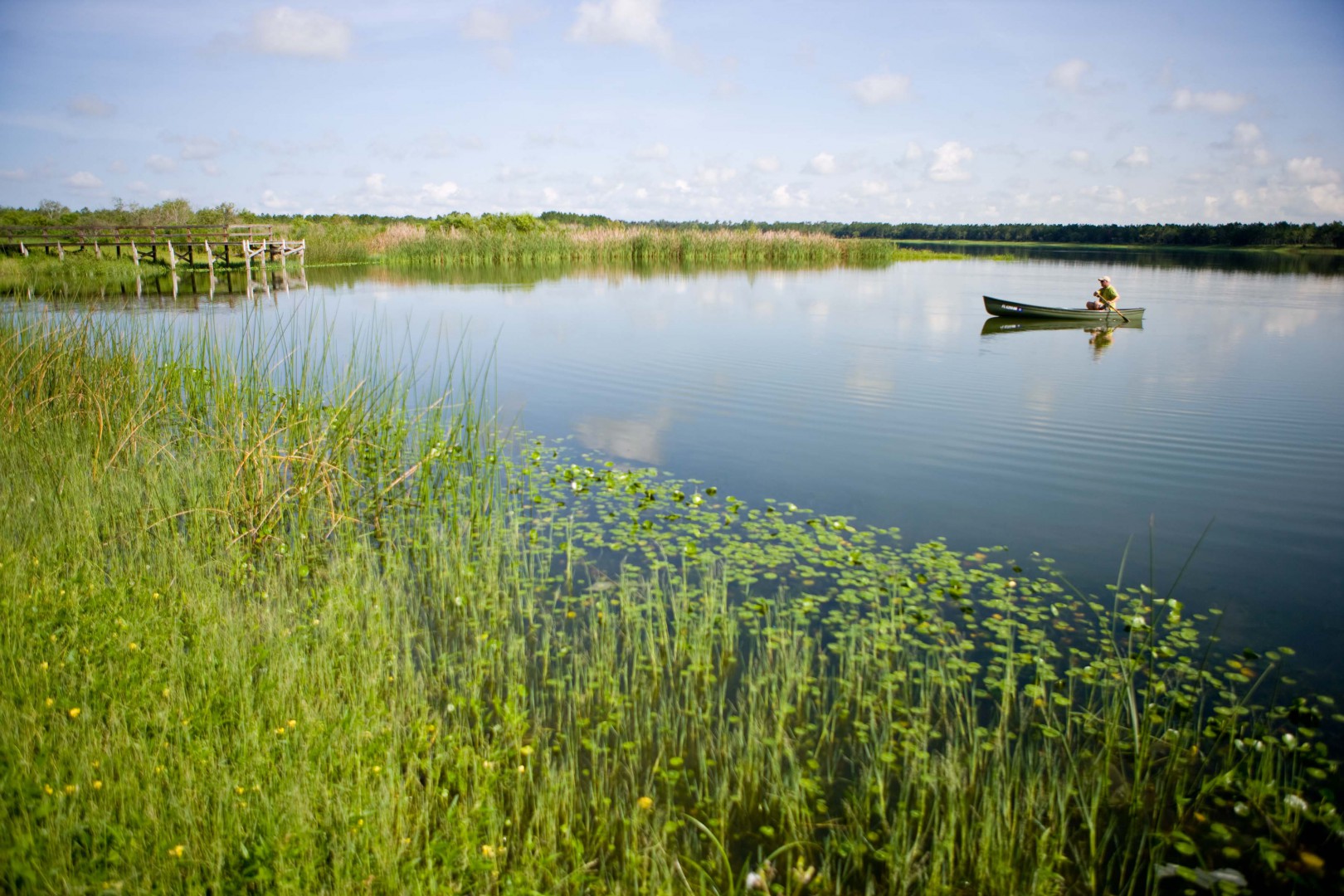
Sustaining the Future of Rice: MosaicΓÇÖs Rice Stewardship Partnership with Ducks Unlimited
Rice is the world’s most widely consumed grain, sustaining approximately half of the world’s population. U.S. rice agriculture provides managed wetlands for North America’s waterfowl and 32 other at-risk species, approximately 3 million acres of rice planted each year. Thus, sustaining working rice lands is one of the most important steps in guaranteeing our nation’s food security and natural resource base.
 As the world’s leader in wetlands conservation, Ducks Unlimited (DU) counts the rice industry as a key partner in sustaining the future of waterfowl. The compatibility of on-farm conservation practices that improve water quality and quantity, farm profitability and wildlife habitat led DU to join forces with USA Rice to form the Rice Stewardship Partnership almost a decade ago.
As the world’s leader in wetlands conservation, Ducks Unlimited (DU) counts the rice industry as a key partner in sustaining the future of waterfowl. The compatibility of on-farm conservation practices that improve water quality and quantity, farm profitability and wildlife habitat led DU to join forces with USA Rice to form the Rice Stewardship Partnership almost a decade ago.
The Mosaic Company Foundation has provided key funding for the Rice Stewardship Partnership’s on-the-ground efforts in the Mississippi Alluvial Valley, where most of the rice in the U.S. is grown.
The Partnership helps farmers meet the increased global demand for food by supporting rice yields, while improving environmental performance and farm profitability and preserving wetland resources. Collaborating with leading agricultural, conservation and environmental organizations, the Partnership equips rice producers with the support, knowledge, tools and practices needed to solve current problems and meet future challenges to the rice industry in an environmentally beneficial way.
Mosaic’s support helps to promote 4R Nutrient Stewardship at the field level to achieve optimal crop uptake of nutrients while minimizing environmental impacts. On-farm improvements and management practices contribute to improved water quality by reducing the levels of nutrients lost to the Mississippi River.
There are numerous other environmental benefits of the program. For example, water use efficiency practices, including alternative irrigation strategies, help conserve water and reduce demand on surface and groundwater resources. Further, the Partnership’s practices promote efforts that minimize energy consumption, reduce diesel fuel use, and improve residue management – which translate to reduced greenhouse gas emissions and improved air quality. Employing these practices also supports the profitability needs of the farmer by maximizing inputs and reducing costs.
Agricultural practices that balance environmental and wildlife needs with the profitability needs of the farmer – all while addressing the global demand for more food – are critical to the future of rice production. To date the program has impacted over 720,000 rice acres to improve 4Rs, water management, and conservation, while providing critical wildlife habitat for migratory waterfowl.
